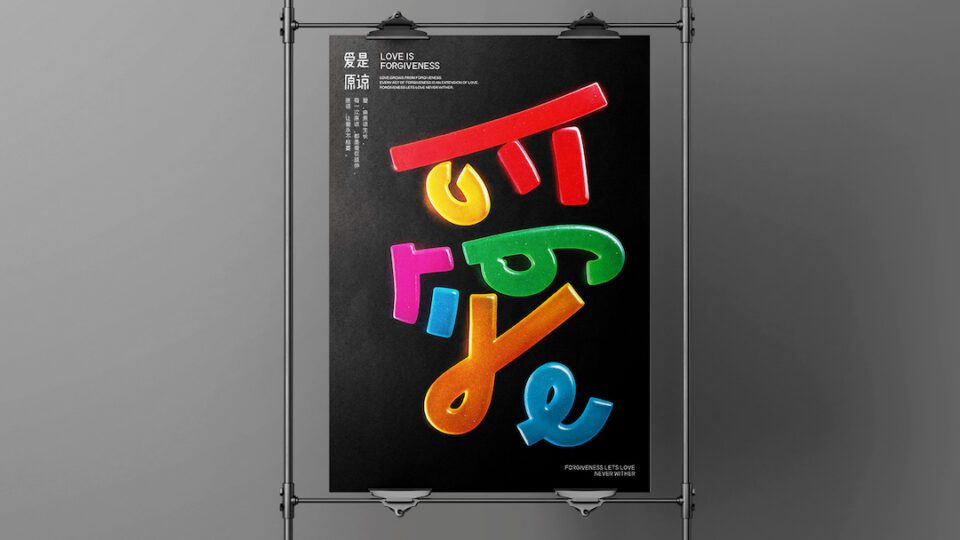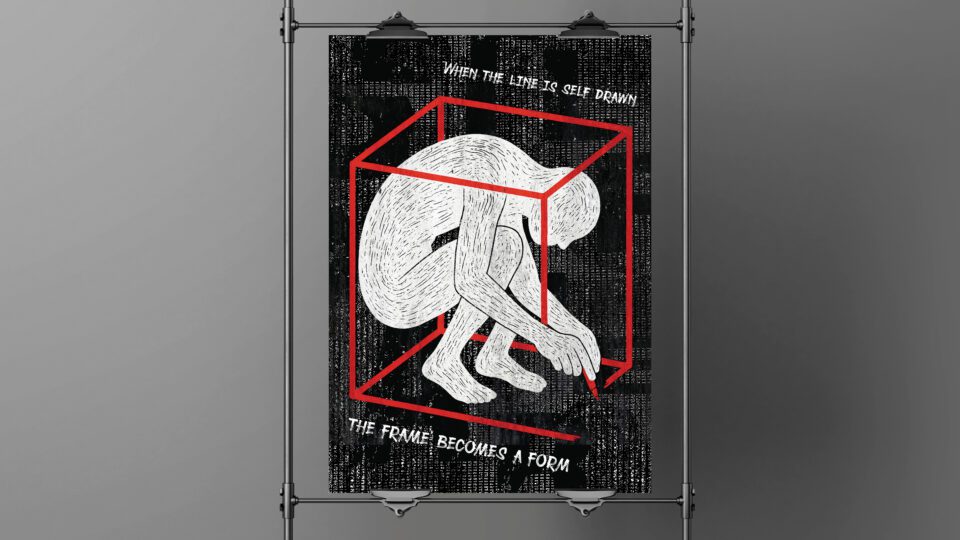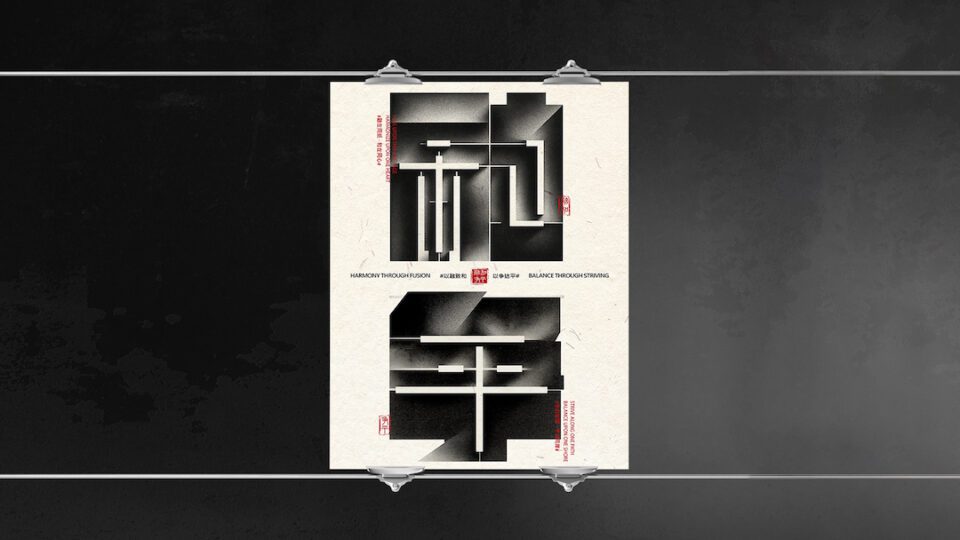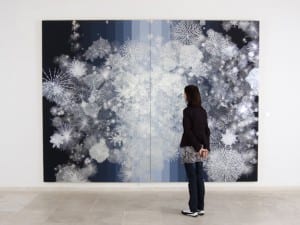Qichao An is an award-winning graphic designer and creative director with 15 years’ international experience in branding, visual identity and packaging. He has received more than 100 international awards – including A’, Red Dot, Graphis, MUSE and Indigo – and has served as a juror for multiple global competitions. He is founder of Mornice Brand Design, making a name for himself globally through designs that connect Eastern and Western aesthetics. Over the past two decades, he has mastered contrasts: blending precision and geometry with poetry and calligraphy, minimalism with storytelling. Most recently, he was selected for the Future Frames Exhibition 2025, which investigates the intersection of AI and art.

An cites Japanese designer Kenya Hara – specifically his work with MUJI – and Apple’s Jony Ive as key influences. “Their pursuit of simplicity resonates with me,” he says. “Good design is not loud.” Yet, beyond order and white space, An also finds inspiration in history – items found at antique markets, for example, or the grandeur of classic architecture. “There’s something about the intricate details, craftsmanship and stories in historical structures and vintage artefacts that spark my creativity. Whether it’s the weathered texture of a centuries-old door or ancient pottery, these elements trigger ideas I can infuse into modern design. I like uncovering hidden treasures and giving them a contemporary twist.”

Heritage is integral to An’s design language; based between China and the USA, his quest for visual clarity is often enriched with cultural symbolism. “I envision design as a bridge – connecting tradition and contemporaneity, art and utility, different cultures into one.” Examples from An’s portfolio include the poster Love is Forgiveness, which fuses the English word “forgive” with the Chinese character for “love.” Likewise, his triptych Harmony Through Fusion. Balance Through Striving, offers another experiment in typography, where the glyphs for “Rong / He” (fusion / harmony) and “Zheng / Ping” (striving / balance) are deconstructed and recomposed. Elsewhere, elements such as dragons, phoenixes and clouds appear.

When it comes to materials, An takes the same hybrid approach. He combines paper, print processes and tactile materials with digital tools – blending traditional craftsmanship with the latest technology. “I’m fascinated by the dialogue between high technology and cultural heritage, where design can be contemporary yet still pay homage to its roots.” For the Red Dot award-winning Digital Tie-Dye Interactive Platform project, An and his team translated a millennia-old textile craft into an interactive system. Through motion design and haptic feedback, the platform rendered the full tie-dye process – from folding fabric to pigment diffusion. Likewise, Self-Frame, recently chosen for The Future Frames Exhibition 2025, fuses traditional woodcut textures with a digital aesthetic to explore human–machine collaboration and the power of unconventional thinking. Moving forward, An wants to dive deeper into digitisation, interactivity and user experience. “With technology advancing rapidly, I see immense potential and want to enhance my expertise in creating engaging, intuitive digital experiences.” For An, the future of the industry lies in balance – where technology amplifies tradition and creativity bridges cultures.
The Future Frames Exhibition 2025 is at the University of Maryland,
Herman Maril Gallery from 13-31 October 2025. For more information: artu.us
Words: Eleanor Sutherland
Image Credits:
1. Harmony Through Fusion. Balance Through Striving © Qichao An.
2. Love is Forgiveness © Qichao An.
3. Self-Frame © Qichao An.
3. Harmony Through Fusion. Balance Through Striving © Qichao An.





